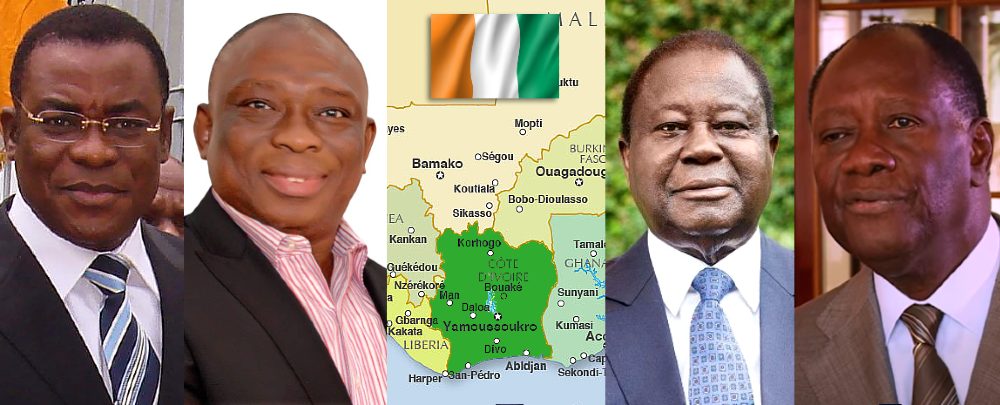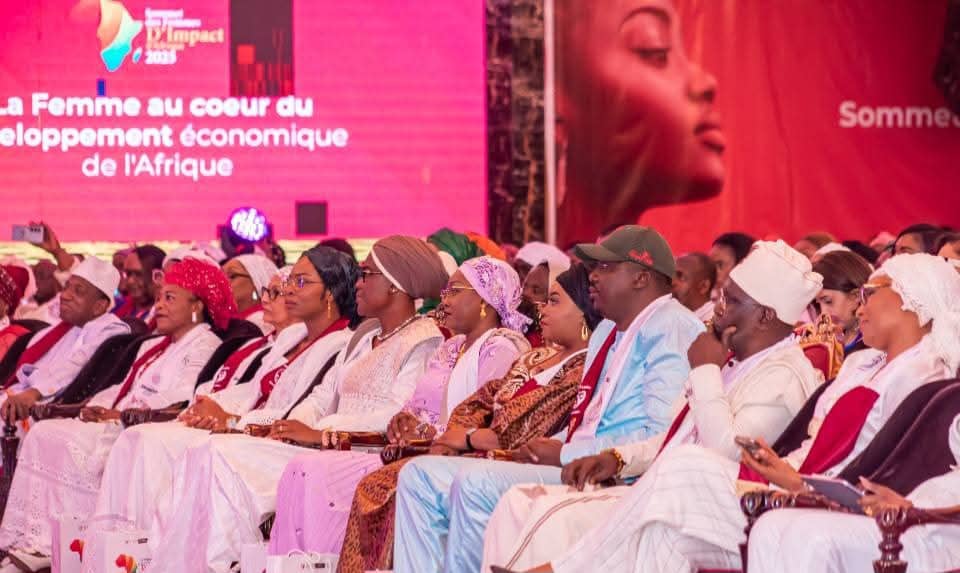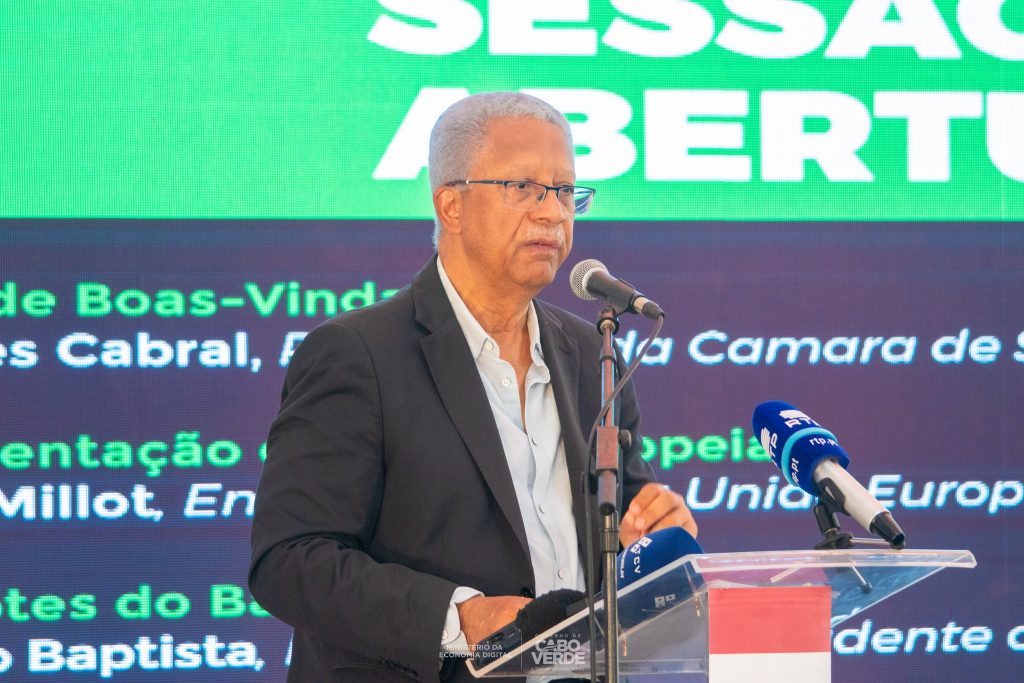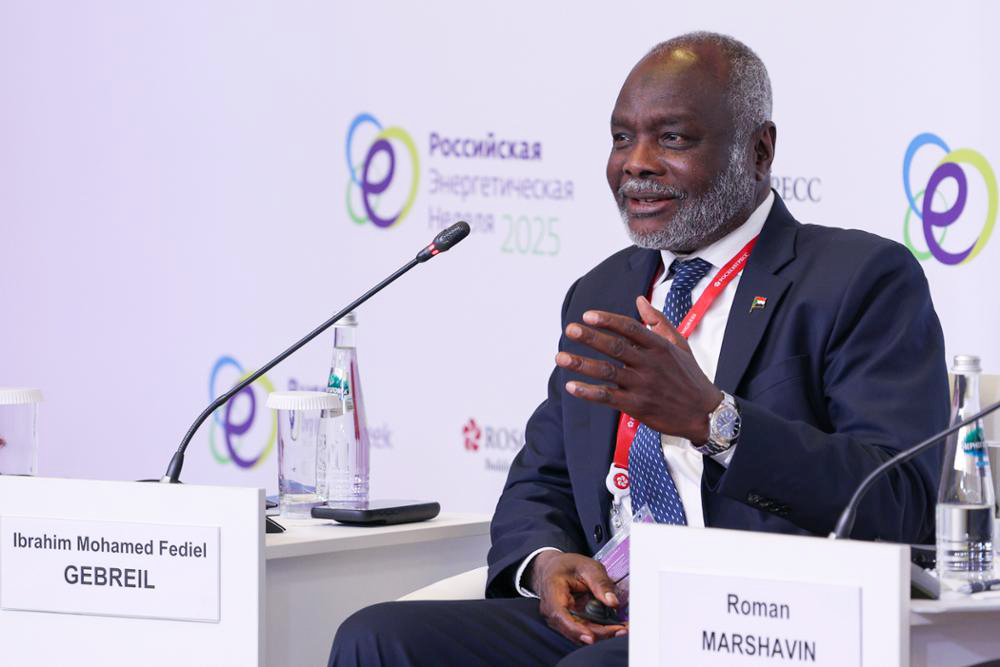Côte d’Ivoire investors eye election cycle stability
Investors watch Côte d’Ivoire’s election cycle for policy continuity as growth nears 6%; USDCFA stable, COCOA prices high, and MSCIFM steady amid cautious frontier-market sentiment.

With presidential elections approaching in 2025–26, Côte d’Ivoire’s financial markets have entered a watchful phase, balancing strong macro fundamentals against the perennial risk of policy drift. Bond desks in Abidjan report steady demand for CFA-denominated treasuries, even as offshore investors trim exposure to guard against political noise. The franc (USDCFA) has held firm under the euro peg, but local dealers flag heightened sensitivity to cocoa-export receipts and fiscal execution through year-end.
The Ivorian economy remains one of sub-Saharan Africa’s most resilient. GDP growth is projected near 6.1% in 2025, powered by construction, agro-processing, and steady public-investment spending. Inflation has eased to 3.6%, benefiting from softer food prices and exchange-rate stability, while tax revenues have inched up to 14.5% of GDP—still low by regional standards but improving. Analysts see limited short-term risk of fiscal slippage, though campaign spending could widen the deficit from 4.0% to roughly 4.5% of GDP if cocoa prices soften or capital spending accelerates.
Cocoa markets remain the swing factor. Benchmark futures (COCOA) are hovering above US$4,200 per tonne after erratic West African weather constrained harvests. The windfall has lifted export earnings but also raised uncertainty for the 2025/26 marketing year as buyers demand greater traceability and environmental compliance. The government’s strategy—anchored in value-addition and semi-industrialisation—aims to raise local processing share from 35% to 50% within three years. That trajectory would buffer fiscal and FX positions from raw-bean price volatility.
The Bourse Régionale des Valeurs Mobilières (BRVM) has traded sideways, mirroring regional risk sentiment captured in the MSCI Frontier Markets Index (MSCIFM). Sovereign Eurobond spreads narrowed slightly following Ghana’s debt-exchange progress and Nigeria’s FATF delisting, indirectly improving West African portfolio optics. Ivorian paper due 2033 yields around 7.1%, broadly stable. The regional central bank (BCEAO) has kept the policy rate at 5.75%, prioritising liquidity stability over aggressive easing.
Investors and multilaterals alike are watching for post-election policy continuity, particularly in energy-sector liberalisation, PPP execution, and the rollout of the national digital-tax system. The World Bank’s 2025 Country Economic Memorandum praised Abidjan’s infrastructure pace but warned against complacency on logistics costs and SME financing. Market participants note that the next administration’s credibility will hinge on preserving fiscal anchors while deepening reforms that support private-sector dynamism.
For now, risk spreads suggest confidence in institutional continuity. The 2010–2011 crisis remains a cautionary memory, but subsequent cycles have shown that Côte d’Ivoire’s technocratic core can deliver policy stability even through political transitions. Unless cocoa or oil shocks intervene, markets expect 2026 to open with minimal disruption to the reform programme and continued access to regional and Eurobond funding.





